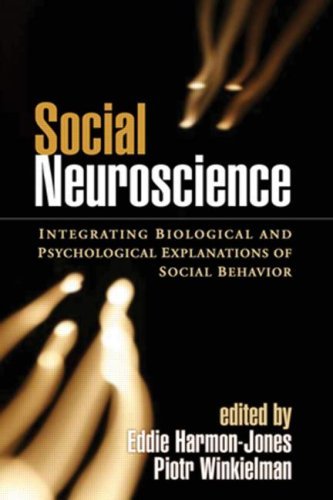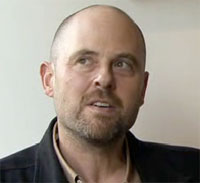Seasons
November and still too warm to sleep.
Nights and days seem out of season
with the rest of the world. No clouds
or rain, a slight breeze some days
if the Gods are smiling, but the summer
seems not to have left us yet.
Sweat is the reality. Blue skies
blend one into the next, bored
with their own consistency.
No leaves changing color, no
trees shedding leaves. Just cactus,
just mesquite, just ocotillo.
The desert is a strange place
in the dark months. No darkness.
Rattlesnakes a little less active,
coyotes coming out earlier, ravens
as always, in pairs, watching the silly
humans, gathering their scraps.
I miss seasons, at least the normal
changes the rest of the world knows.
Here only pale shades of green,
some wind, a lessening of the light
as evening settles, but no snow, no fog,
nothing that says winter is near.



 Bono is lead singer of U2 and co-founder of
Bono is lead singer of U2 and co-founder of 

 That neuroscience can benefit Economics or Political Science has been firstly introduced by Camerer et al (
That neuroscience can benefit Economics or Political Science has been firstly introduced by Camerer et al (






 postdicts
postdicts previously known phenomena. The key test of the value of a theory is not necessarily whether it predicts something new, but whether it makes postdictions that generalize to other systems and provide valuable new ways of thinking.
previously known phenomena. The key test of the value of a theory is not necessarily whether it predicts something new, but whether it makes postdictions that generalize to other systems and provide valuable new ways of thinking.